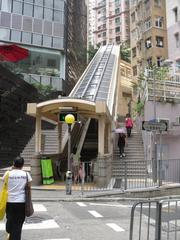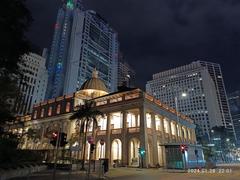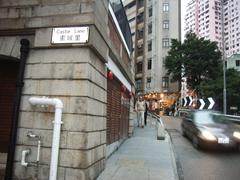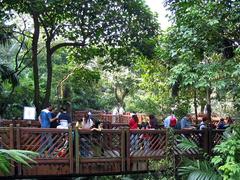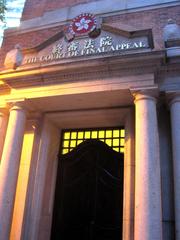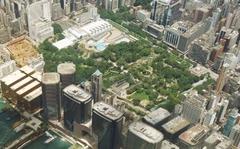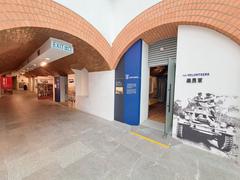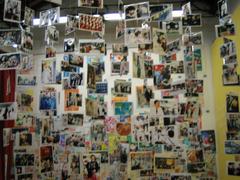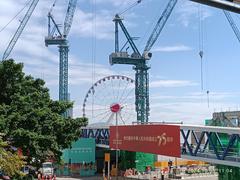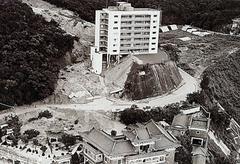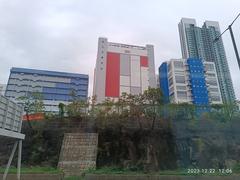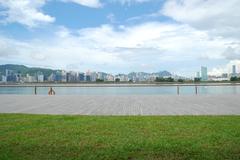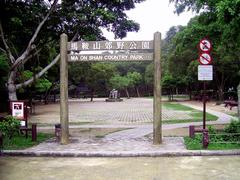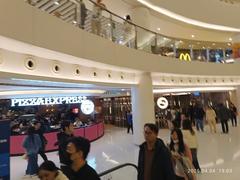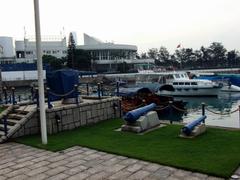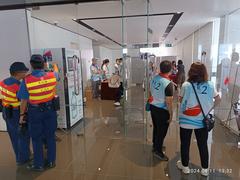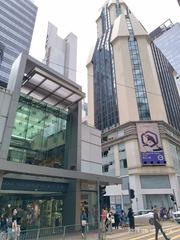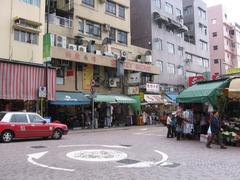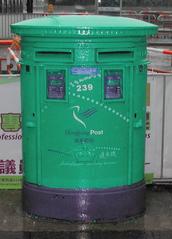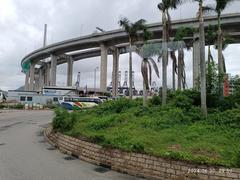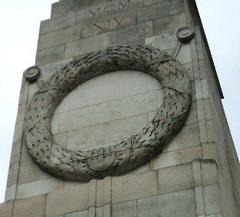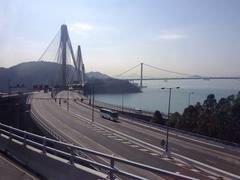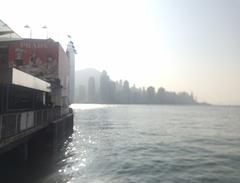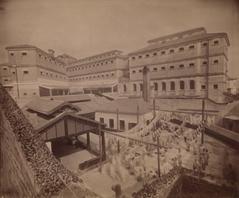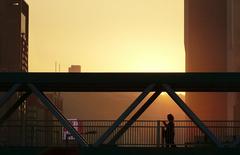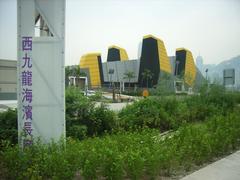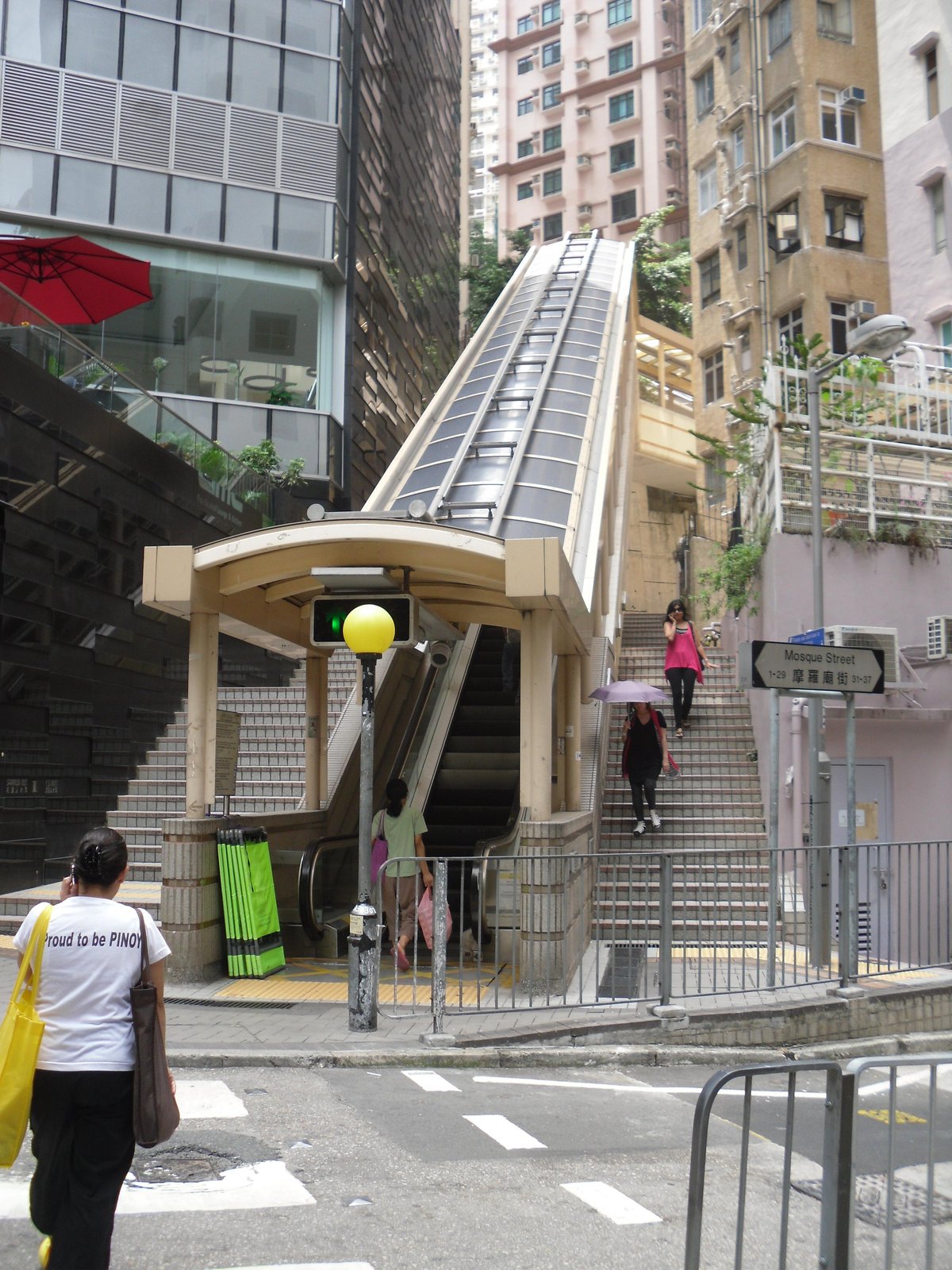
A Comprehensive Guide to Visiting Central Market, Hong Kong
Date: 18/07/2024
Introduction
Central Market in Hong Kong is a living testament to the city’s vibrant history and dynamic present. Established in 1842, it has evolved from a humble bamboo and wood structure into a bustling, modern marketplace that retains the charm of its historical roots. Central Market is a prime example of how heritage conservation and urban renewal can coexist, making it a must-visit destination for both locals and tourists alike. This guide aims to provide comprehensive information on the market’s rich history, architectural significance, and practical visitor tips, ensuring that you make the most of your visit to this iconic landmark. Whether you’re interested in its architectural evolution, from its early days to its Bauhaus-style transformation, or its recent revitalization, Central Market offers a unique blend of old and new that captures the essence of Hong Kong (Visiting Central Market, Central Market Hong Kong).
Table of Contents
- Introduction
- Early Days as a Marketplace (1842-1937)
- The Bauhaus Icon Emerges (1939-1993)
- Facing Demolition and Finding New Life (1994-2021)
- Central Market Today - A Blend of Old and New
- Visitor Information
- Travel Tips
- Conclusion
- FAQ
Early Days as a Marketplace (1842-1937)
The story of Central Market begins in 1842, shortly after Hong Kong’s establishment as a British colony. With the influx of migrants and the burgeoning trade, the need for a central marketplace arose.
- 1842 - The first iteration of Central Market, a simple structure built with bamboo and wood, opened on Queen’s Road Central. This makeshift market served the immediate needs of the growing population.
- 1858 - As the colony prospered, a larger, more permanent structure replaced the original market. This second market, built with granite and brick, reflected the growing importance of Central as a commercial hub.
- 1895 - Further expansion saw the addition of a two-story Victorian-style building, showcasing the architectural trends of the time. This expansion accommodated the increasing variety of goods and produce sold at the market.
The Bauhaus Icon Emerges (1939-1993)
By the 1930s, the existing market building, deemed inadequate and unsanitary, was demolished to make way for a modern structure. The result was the iconic Bauhaus-style building we see today, completed in 1939.
- Architectural Significance - Designed by renowned British architects, the new Central Market was a radical departure from the Victorian architecture prevalent in Hong Kong at the time. Its streamlined design, featuring open spaces, high ceilings, and natural light, exemplified the principles of the Bauhaus movement, emphasizing functionality and simplicity.
- A Social Hub - Beyond its commercial function, Central Market became a social hub for the community. Its central location and diverse offerings made it a popular gathering place for locals from all walks of life.
Facing Demolition and Finding New Life (1994-2021)
As Hong Kong continued to develop at a rapid pace, Central Market faced an uncertain future. The building’s deterioration and the government’s urban renewal plans led to its closure in 2003.
- Preservation Efforts - The decision to close Central Market sparked public outcry and a movement to preserve the historical landmark. Heritage conservationists recognized its architectural and social significance, advocating for its adaptive reuse rather than demolition.
- Revitalization and Reopening - After years of debate and planning, the Urban Renewal Authority partnered with a private developer to revitalize Central Market. The project aimed to preserve the building’s historical essence while adapting it to the needs of the 21st century. In August 2021, Central Market reopened its doors, transformed into a vibrant community space that celebrates its heritage while embracing the future.
Central Market Today - A Blend of Old and New
Today, Central Market stands as a successful example of heritage conservation and urban renewal in Hong Kong. It seamlessly blends its historical significance with contemporary design and offerings, attracting both locals and tourists alike.
- A Heritage Landmark - The revitalized Central Market retains key architectural features of its Bauhaus past, including the distinctive curved facade, the grand staircase, and the open atrium. These elements serve as reminders of the building’s rich history and architectural significance.
- A Modern Marketplace - While paying homage to its past, Central Market has been reimagined as a modern marketplace. It houses a curated mix of local businesses, ranging from artisanal food vendors and trendy cafes to independent boutiques and design studios.
- A Community Space - Central Market has reclaimed its role as a vibrant community space. The revitalized building hosts a variety of events, workshops, and exhibitions, fostering a sense of community and cultural exchange.
Visitor Information
- Visiting Hours - Central Market is open daily from 10:00 AM to 10:00 PM. Special events may have different timings, so it’s advisable to check the official website for updates.
- Tickets - Entry to Central Market is free, although some events and workshops may require a fee. Advanced booking for these activities is recommended.
- Nearby Attractions - While visiting Central Market, explore nearby attractions such as the Mid-Levels Escalator, Hollywood Road, and PMQ. These sites offer additional historical and cultural experiences.
- Guided Tours - For a more enriched experience, consider joining a guided tour that delves into the history and significance of Central Market and its surrounding areas.
- Photographic Spots - Don’t miss the opportunity to capture stunning photos of the market’s iconic architecture, especially the grand staircase and open atrium that reflect its Bauhaus heritage.
Travel Tips
- Best Times to Visit - Weekdays are generally less crowded than weekends. Early mornings and late evenings offer a more relaxed experience.
- How to Get There - Central Market is conveniently located near the Central MTR station. Numerous bus routes also serve the area.
Conclusion
Central Market’s journey reflects Hong Kong’s own transformation over the decades. It stands as a testament to the city’s ability to adapt and reinvent itself while cherishing its unique heritage. A visit to Central Market is not just a shopping trip; it’s a journey through time, offering a glimpse into the past and a vision for the future of this dynamic city.
For more information and updates, visit the official Central Market website or follow us on social media.
FAQ
- What are the visiting hours of Central Market? Central Market is open daily from 10:00 AM to 10:00 PM.
- How much do tickets cost to visit Central Market? Entry to Central Market is free, but some events and workshops may have fees.
- Is there parking available? Limited parking is available nearby; public transportation is recommended.
- Can I book a guided tour? Yes, guided tours are available and can be booked in advance through the official website.
